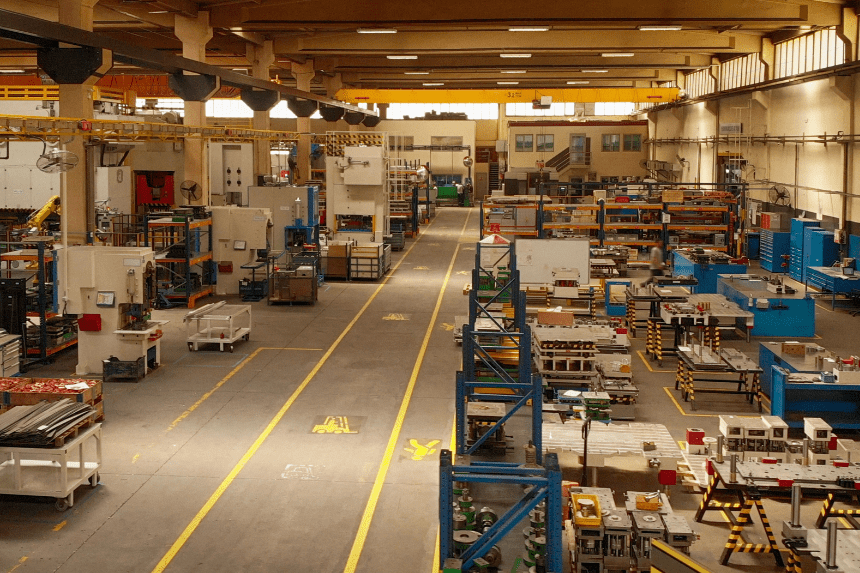Fifteen people still work at a small facility in Massachusetts, making medical equipment for newborns. The facility used to be a busy place for making things, but now it just stores and ships things. After Trump put tariffs on U.S.-made sewing, interest in it came back. Management, on the other hand, was hesitant because it was hard to find workers, and demand was unpredictable. Their experience shows that people all around the country are unsure. It seems hard to bring back manufacturing just by raising tariffs.
- How are businesses dealing with the costs of tariffs?
- Is the number of manufacturing jobs really going up?
- What do surveys of the industry show?
- Can tariffs by themselves bring manufacturing back to life?
- What Are Local Business Owners Talking About?
- Is there still a chance for things to get better?
- Final Thoughts
How are businesses dealing with the costs of tariffs?
Local businesses say that the prices of materials they buy from other countries have gone up a lot. The tariffs on cotton and other goods made one textile company pay more than $100,000 a month. The company had to pay these costs even though it did business in the U.S. Because of this, it cut back on buying equipment and put its marketing plans on hold. They had to raise the prices of their goods because of higher costs, which probably hurt demand. Tariffs are hurting both profits and growth. Here is the link to our article on the China Economy Boost.
Is the number of manufacturing jobs really going up?
There has been fewer manufacturing employment in the last few months, which goes against statements that the economy is getting better. The most recent monthly statistics show that this sector lost 12,000 jobs. It was thought that job growth would happen, but it’s not happening as quickly as planned. Businesses are nonetheless being careful since costs are high and demand is unclear. This makes the promised return of industry less likely. The space between policy goals and results is getting bigger.
What do surveys of the industry show?
More than 70% of manufacturers say that Trump’s tariffs have hurt their businesses, according to studies. Many businesses have seen their profits go down as their input costs have gone up. Costs going up are especially bad for small businesses. The need to cut costs has made it harder to hire and grow. Companies are now hesitant to commit to growth since they don’t know how long these trade circumstances will endure. Here is the link to our article on the Economy Trade Tariffs.
Can tariffs by themselves bring manufacturing back to life?
The evidence we have now shows that Trump’s tariffs alone aren’t enough. Manufacturing output is still behind, and businesses are still not sure. Recovery is improbable without bigger changes in automation, work, and infrastructure. Many firms have problems even before they start exporting, which makes it harder for them to expand. A tariff-based method may need other measures to work. Import taxes alone aren’t working.
What Are Local Business Owners Talking About?
Some owners are upset after spending a lot of money on American production. Even though they agree with the policy goals, they feel punished by increased costs. A company that employs more than 300 people has to put off ambitions to grow. The financial burden has stopped progress in places that used to support tariffs. A lot of people thought they were doing the right thing, but now they feel punished for it. The gap between what you want and what you get is getting bigger.
Is there still a chance for things to get better?
Not all input is bad. Some companies say that demand for American-made goods has gone up a little. Some textile companies even talk about longer hours, which hasn’t happened in years. But most people are still careful. It’s hard to make predictions since policies change so quickly. Business owners who support tariffs don’t know how things will turn out either. Many small manufacturing towns now use the wait-and-see method.
Final Thoughts
The original purpose of Trump’s tariffs was to encourage manufacturing in the US, but the truth is much more complicated. Rising costs, fewer jobs, and low confidence are now what the sector is all about. Companies feel the burden more than the advantage. Tariffs alone won’t be enough to stop decades of industrial decline unless there are more changes. The promise of rebirth under Trump tariffs has not yet come true.








